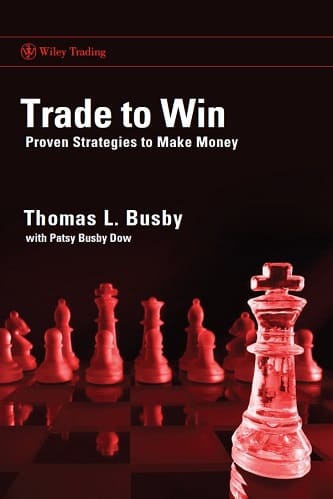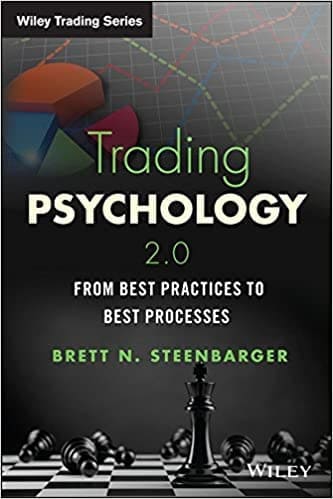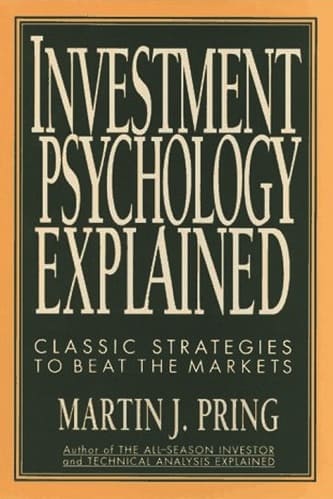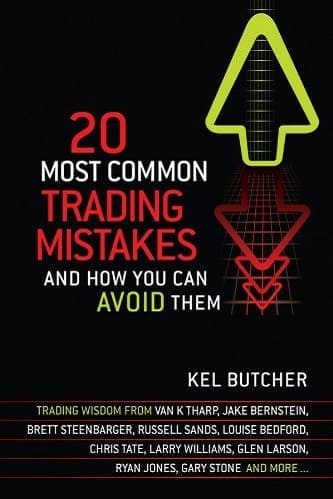Articles
Trading the “Truths” of the Market By Bennett McDowell
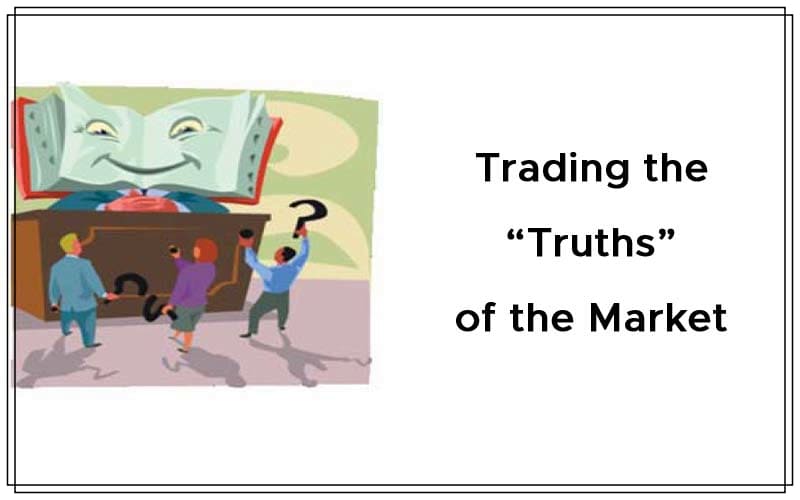
In this article let’s explore how “Trading The ‘Truths’ Of The Market” can actually improve our trading while at the same time simplify our trading. Here is a list of five major “TRUTHS” of the market:
- We cannot predict the markets!
- To be a successful trader we must trade the current market as it is happening and not rely on opinions, theories, or fantasies about what WILL happen.
- The market will tell us exactly how to trade if we know how to listen to what it is telling us.
- Money management is essential. But more important is how to develop the right money management system.
- Developing “The Trader’s Mindset” is a prerequisite for trading any approach or system successfully.
Each and every trading day the market talks to us. It speaks to us if we know how to listen to it. The problem with most traders is that they are so busy trying to predict the market or find some indicator that will lead to trading profits that they never really hear what the market is saying to them.
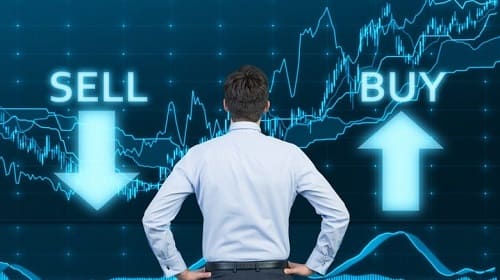
The market talks to us through price and volume. We all have to agree that current Price and Volume are absolute, agree? Price and Volume are not subject to system optimization, formulas, etc. They are true market facts, absolute! Well, if opinions cloud our trading, then we want facts, and Price and Volume are the best facts in the market. The markets speak to us through Price action and Volume, period! They are absolute truths!
If we learn how to listen to Price and Volume, the market will talk to us and if we know how to listen, it will tell us when to enter trades and exit trades. The market talks to us through Price activity. Price peaks and reverses are statements, and so are increases in Volume. And the key is that they are statements of REALITY, not misleading information such as bullish/bearish divergences or oversold and overbought conditions. The market itself is never overbought or oversold. Think about it. Markets work to bring Price in line with Supply and Demand. Markets are efficient. Therefore, if supply always equals demand then how can a market be over bought or over sold? It may be expensive, but expensive can be a relative term as well.
Suggested Books and Courses About Trading Psychology
When Supply equals Demand, both the seller and the buyer disagree on value, but agree on Price. When this happens, it is a truth in the marketplace! The amount of Supply and Demand is Volume and that also is a truth! Both Price and Volume are absolute and are “truths” of the market because they are not distorted. Indicators used in technical analysis often distort Price and Volume. Think of how much less stressful your trading would be if at any given moment you could know if you should be long, short or out of the market based not on a forecast but on the REALITIES of the market.
When trading we work in the world of probabilities and risk and therefore since we acknowledge that we cannot predict the future, we therefore cannot predict the outcome of each trade. So how can we use money management in our trading to really control risk? The idea behind money management is that even with the best trading systems we will only be right about 60% to 65% of the time. That means about 40% of the time we will be wrong and have losing trades. So, for every 10 trades, we lose an average of 4 times. And this is probably the best we can hope for. Even trading systems with theoretically higher rates of returns nearing 80% usually fall back to a realistic 60% to 65% return when actually traded.
The reason for this is that human beings trade trading systems. And when human beings get involved, we usually lower the rates of returns on most trading systems given enough time. Why? Because we make trading mistakes, and are subject from time to time to emotional trading errors. That is what the reality is and what research indicates with good quality trading systems traded by experienced traders.
If we are losing 40% of the time then we need to control risk! This is done through using stops and controlling position size. When we trade we never really know which trades will be profitable. So, we have to control risk on every trade regardless of how sure we think the trade will be. Think about these concepts and how applying them could help your trading. If you’re trading the REALITIES of the market, then you are not hoping, wishing, or relying on some news event to make your trade profitable!
Bennett McDowell, is president of TradersCoach.com.

